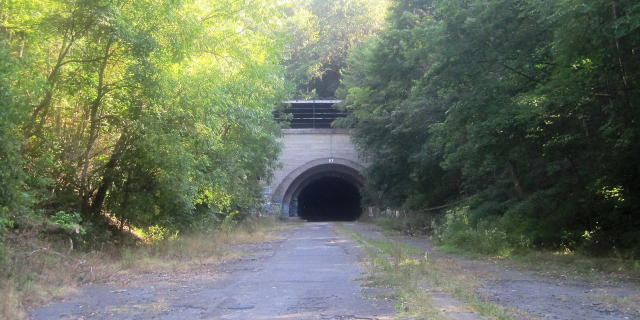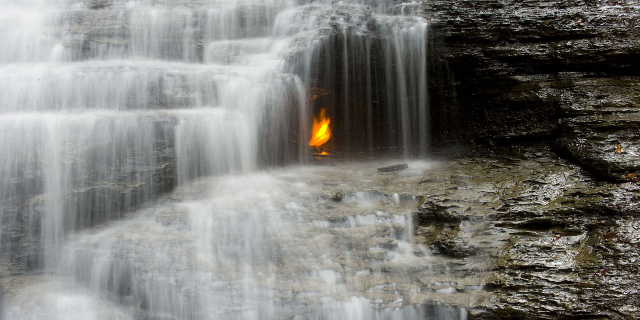New Vrindaban is an unincorporated area and an ISKCON (Hare Krishna) intentional community located in Marshall County, West Virginia, United States, near Moundsville. The town consists of 1,204 acres (4.87 km2) (of which 0.1 km² is of water), and several building complexes, homes, apartment buildings, and businesses including the Sri Sri Radha Vrindaban Chandra Temple (RVC Temple) and Prabhupada's Palace of Gold. New Vrindaban was founded in 1968 under the direct guidance of A.C. Bhaktivedanta Swami Prabhupada, founder of ISKCON, by his disciple Kirtanananda Swami. It is named for the Indian city of Vrindavan.
 Sri Sri Radha Vrindavan Chandra Temple, at Temple of Understanding Circle Drive, July 1997.
Sri Sri Radha Vrindavan Chandra Temple, at Temple of Understanding Circle Drive, July 1997.The community was founded in 1968 by Kirtanananda Swami and Hayagriva Das, two early disciples of A. C. Bhaktivedanta Swami Prabhupada.[1] New Vrindaban developed under the guidance of Kirtanananda Swami (honored as "Srila Bhaktipada" after March 1979), and by the mid-1970s the live-in population had grown to over 100.[2] By the 1980s the population was more than 500.[3]
ISKCON New Vrindaban is strictly vegetarian and believes that meat consumption creates negative karma. Alcoholic beverages and illegal substances (such as drugs) are prohibited in the main holy sites around the Temple of Understanding Circle Drive.[4]
According to ISKCON News, on July 4, 1983 Vedavyasa Priya Swami installed the statue of Sri Nathji at the RVC Temple.[5] Conversely, according to Gargarishi Das, the deity was not installed by Vedavyasa Priya, but was installed instead by Kirtanananda Swami.[6]
In October, 1986, a census report showed 377 adults living at the community.[7]
On March 16, 1987, during their annual meeting at Mayapur, India, the ISKCON Governing Body Commission expelled Kirtanananda from the society for "moral and theological deviations."[8] The community of New Vrindaban was expelled from ISKCON a year later.[9] After Kirtanananda Swami left New Vrindaban, and new leadership stabilized, the community was readmitted to ISKCON in 1998.[10][11]


































Add new comment